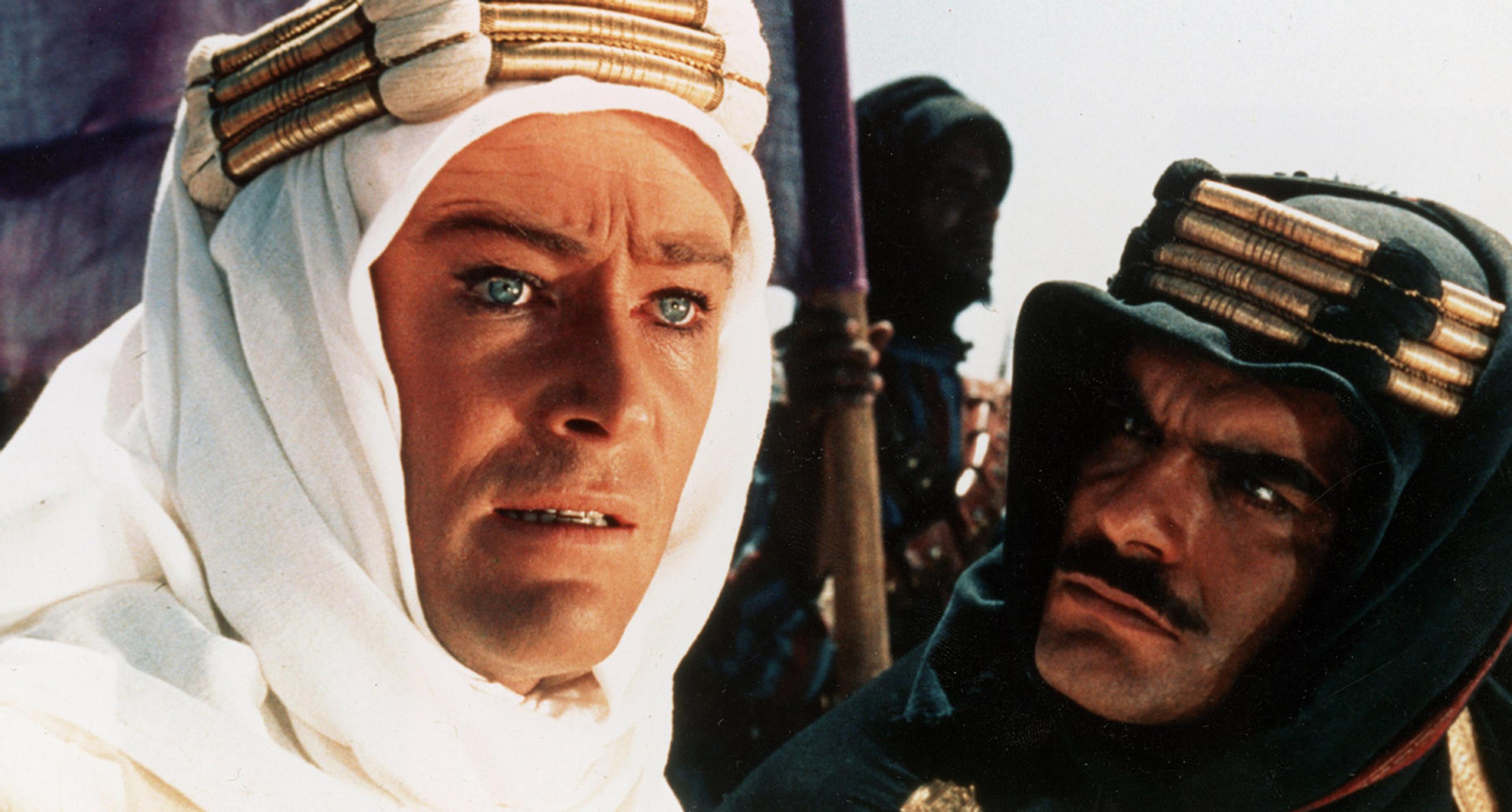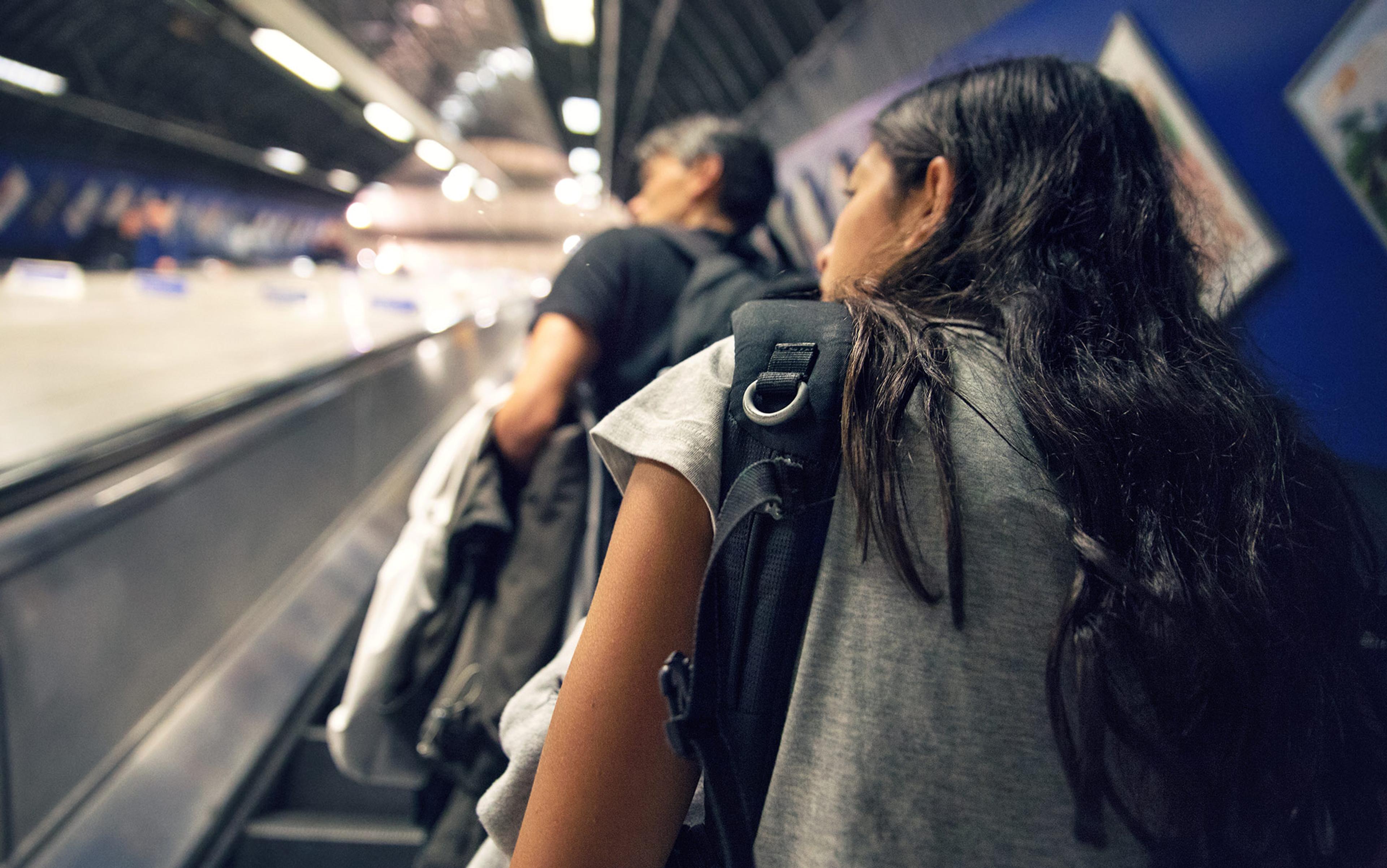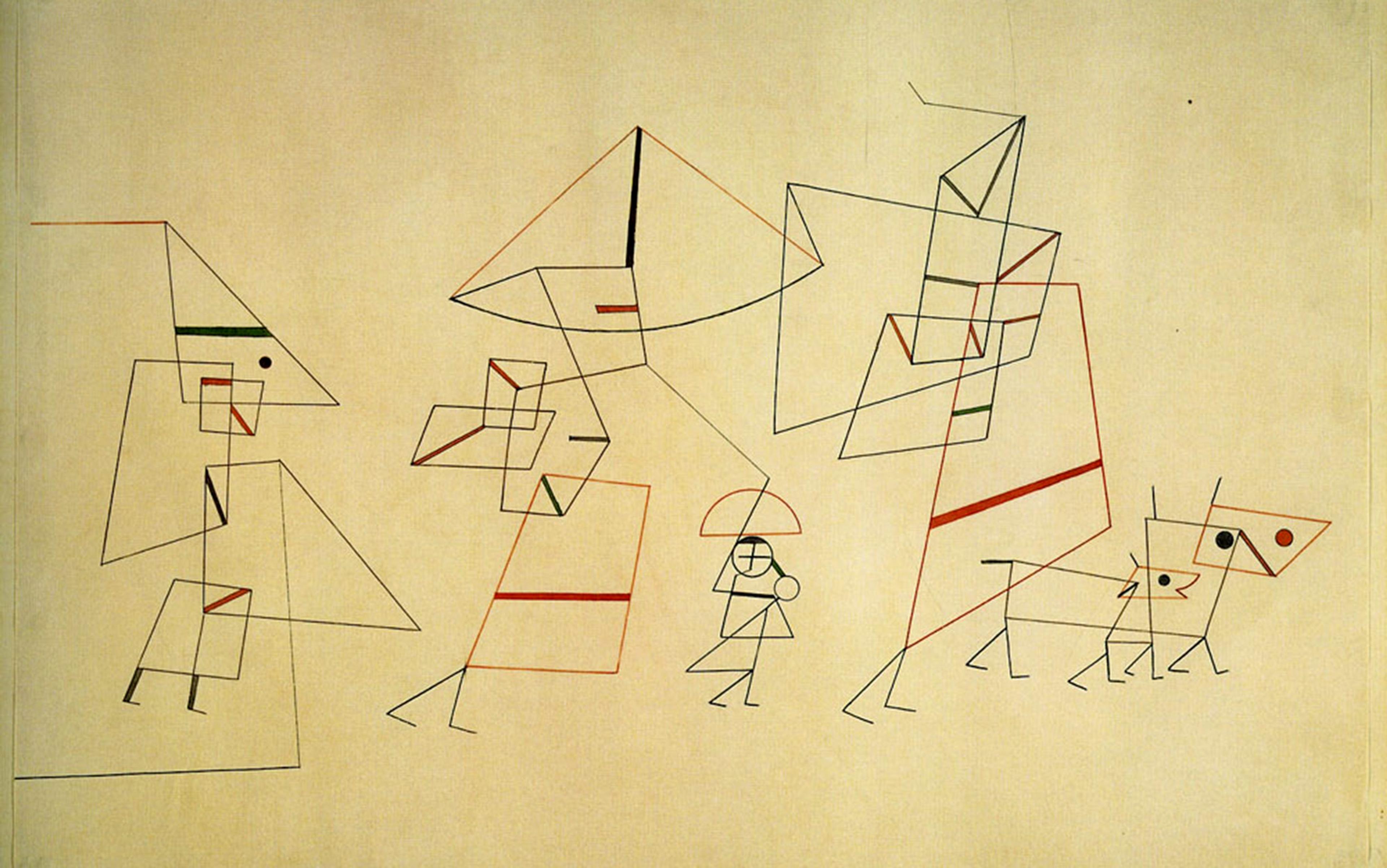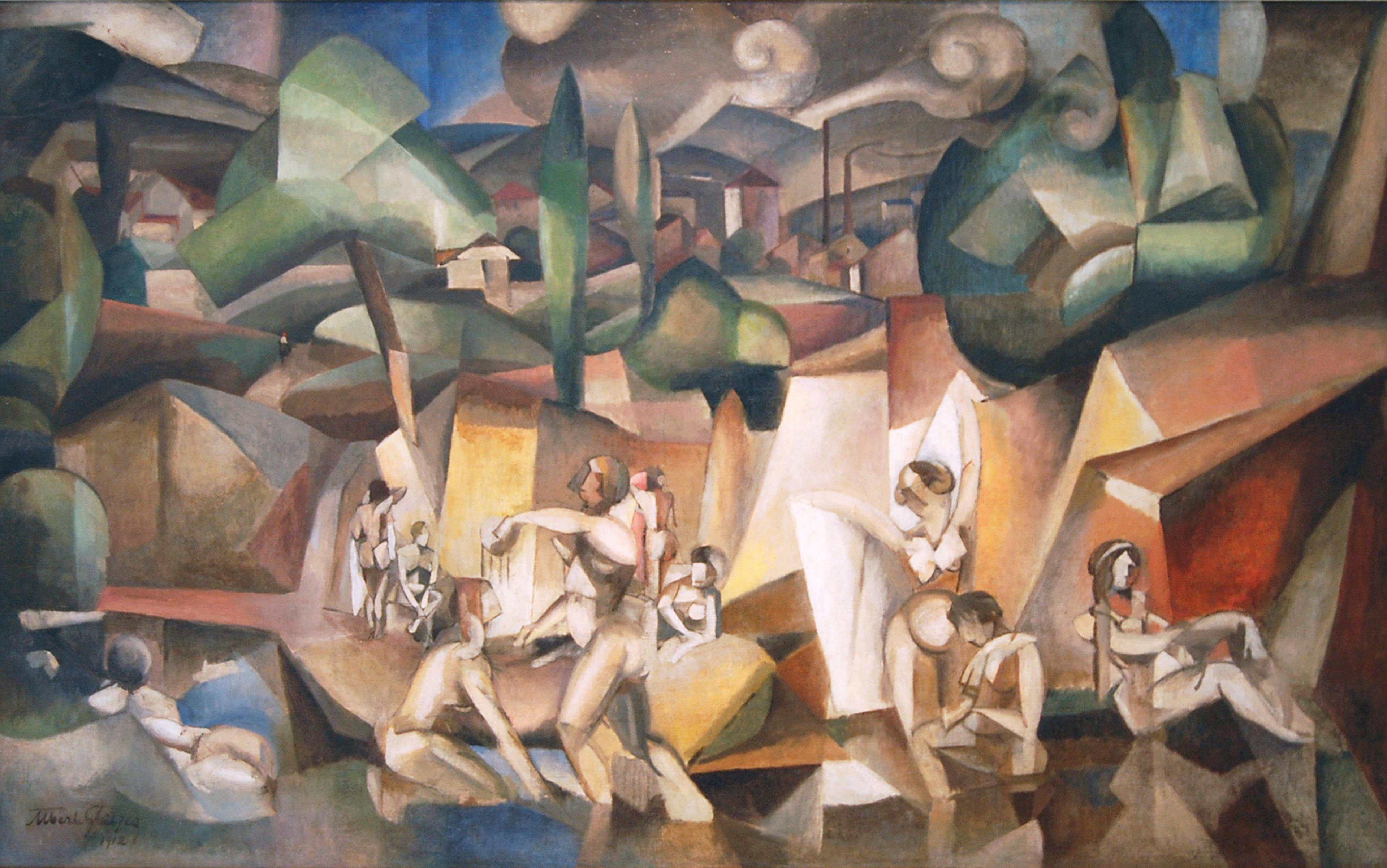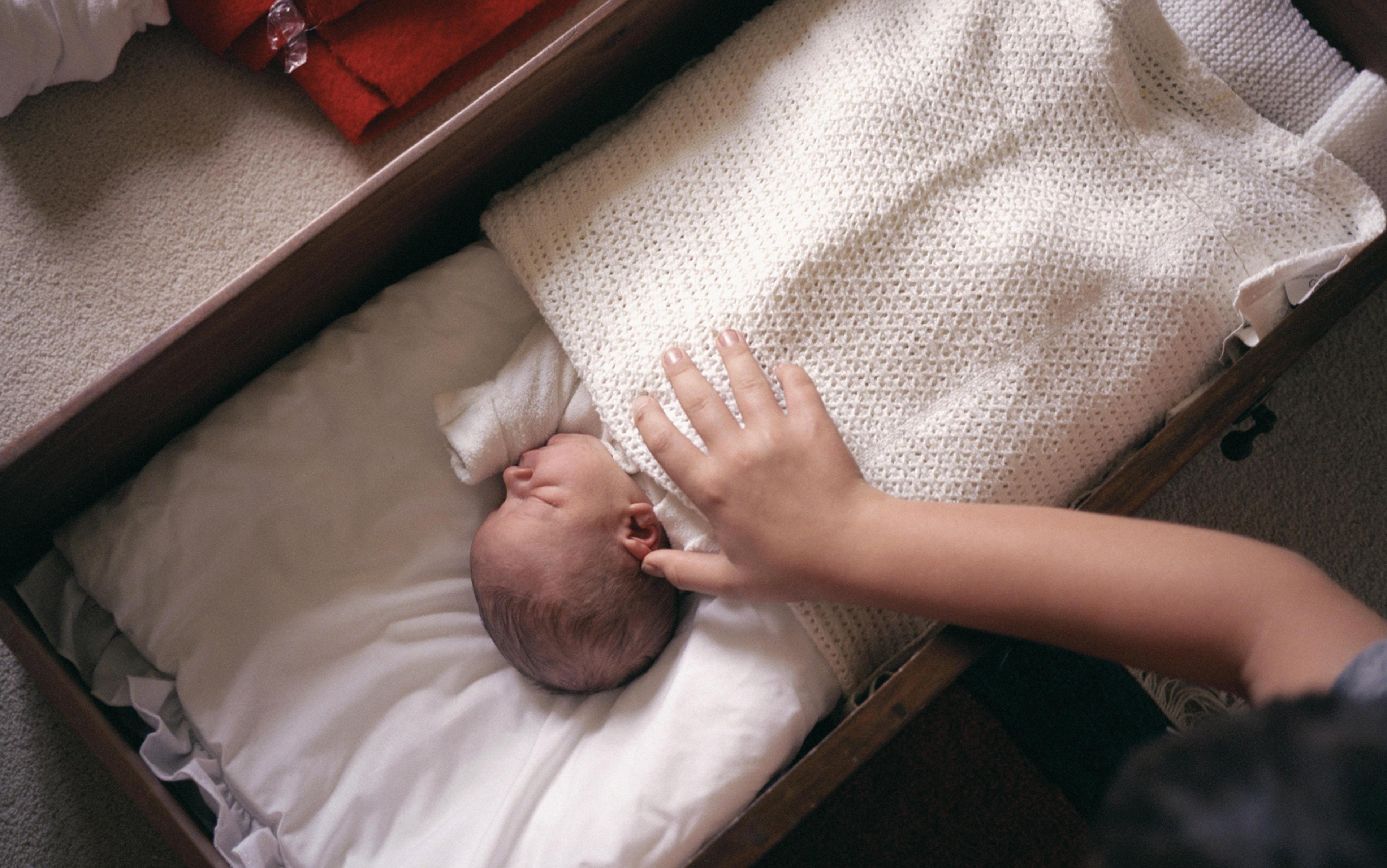A child of four or five sits colouring at a low table. Memory can be tricky: the image is dim and rather unstable. But I know that the child is me, and that she’s been caught showing off by her grandmother, who is looking after her. (Where are the parents? I don’t know.)
‘I’m going to show my mummy and daddy,’ says the little girl, about her picture.
‘They’re not your mummy and daddy,’ says the old woman on the sofa, witchily. ‘You have a real mummy and daddy somewhere else.’
The child I remember doesn’t show her face; she keeps on colouring. But words have magic powers. Real… somewhere else. This single sentence sucks the reality out of everything around her: the red carpet, the blue Formica tabletop, the buttoned upholstery of the sofa on which her grandmother sits watching her.
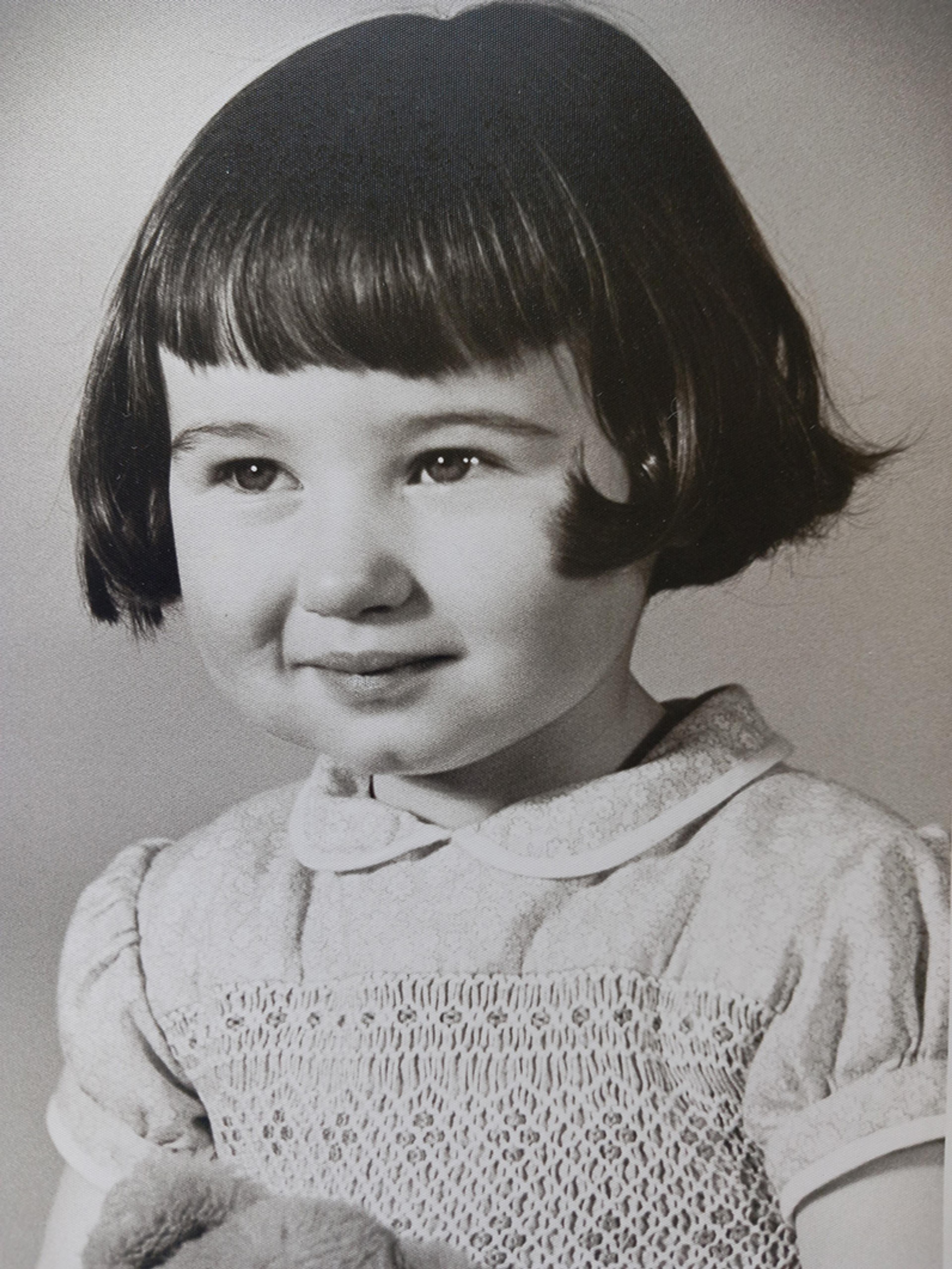
The author, aged two and a half
You could call it a life sentence, for this is the moment in which I learn that I am adopted.
I will repress this memory for decades, and for all the usual reasons. Like every child, I want to be happy. Still, what makes adoption so through-the-mirror, so literally unheimlich, so ‘un-homing’, has nothing to do with unhappy families or childhood abuse. Indeed, I suspect the reason that comparatively few stories of adoptee experience make it to the mainstream is that this is not classic misery memoir territory. Instead, at its heart are existential questions of identity, about the foundations of the self.
Children who are adopted must ask themselves ‘Who am I?’ and ‘What does it mean to be me?’: generally when they’re still too young to manage this kind of world-shifting thought experiment. And they can never put the experiment aside. This shifty, shifting interplay of alternative narratives is who they are.
Perhaps inevitably, my grandmother’s revelation is followed by a scene in the bathroom – maybe that evening, maybe days later – when my child self, having listened to my mother tell some apparently irrelevant story about how babies grow in tummies, insists in tears: ‘But I am still really your little girl, aren’t I?’ Searching around, as I will for years to come, for some kind of inalienability. This I do remember: the bathroom mirror, the cold light.
But of course, there is no inalienability anywhere in the adoption triangle. Adoption is precisely predicated upon alienability. Within it, everything – name, home, belonging, life chances – can be negotiated. Which means everything can also be negotiated away. Adoption goes deeper even than those inalienable – intrinsic – rights that we hold to be part of, and help us to define, the human individual: self-determination, life, liberty, the pursuit of happiness, and so on. Adoption says that not even the individual’s identity is intrinsic. Not even, to put it another way, their individuality itself.
‘Normal’ family life – kids growing up in birth families of whatever form – is scarily circumstantial
For the child, this total alienability means there’s nothing intrinsic to herself that guarantees her connection to anyone. What has been chosen can be unchosen. The existential lack of givenness with which adoptees live is why, for us, adoptive ‘parents’ who return ‘their’ kids to the system when the going gets tough are more than stories about abuse, they have a kind of abysmal horror. We don’t just read them with sympathy, they ‘take us apart’.
Still, some biological parents do abandon their kids, or are forced to hand them over to authorities of various kinds, or prevented by destitution or illness from being able to raise them. Some die. Their babies get kidnapped by regimes, ‘charities’, people smugglers. Viewed this way, ‘normal’ family life – kids growing up in birth families of whatever form: step-, half-, single-parent, gay, IVF, grandparental – is scarily circumstantial. Plus, even within bio families, no one reposes entirely within the bosom of inalienability. Divorces lead to custody battles; adult siblings drift apart; parents offer addict offspring tough love.
But we don’t really want to think about this. It’s already difficult enough working out who you are, paying the bills, and just generally hustling a living. Having something to count on through thick and thin – a touchstone of something absolute, perhaps, even within the most secular of lives – is as attractive as ever. The political rhetoric of ‘hardworking families’ – invoked by all major political parties around the world – reaches across the ideological spectrum. Though it’s the Right, of course, that crosses its fingers hardest against those it sees as lacking the social status of a nuclear family, with habitual targets including single mothers and the LGBTQ+ community.
Adoptees lack that social status too. Which leads me to ask again why, that summer afternoon in our house on a suburban street in south-west England, my grandmother chose to poke at the story of my adoption. From family diaries I’ve inherited, I know how much she had been against the idea in the first place. Still, in those days before IVF, there was no other ‘solution’ to childlessness. Every week of my childhood we prayed in church for ‘the barren woman’, and as I got older and understood what this meant, I became embarrassed for my mum. But perhaps my grandmother, if not consciously, blamed my father instead. I began to notice how neither of my adoptive parents got on well with their in-laws. My father’s side thought my mother nervy and pretentious, while my mother’s family found my father, son of a country vicar, too down to earth. ‘The rectory kitchen had an earth floor,’ my mother hissed once in explanation.
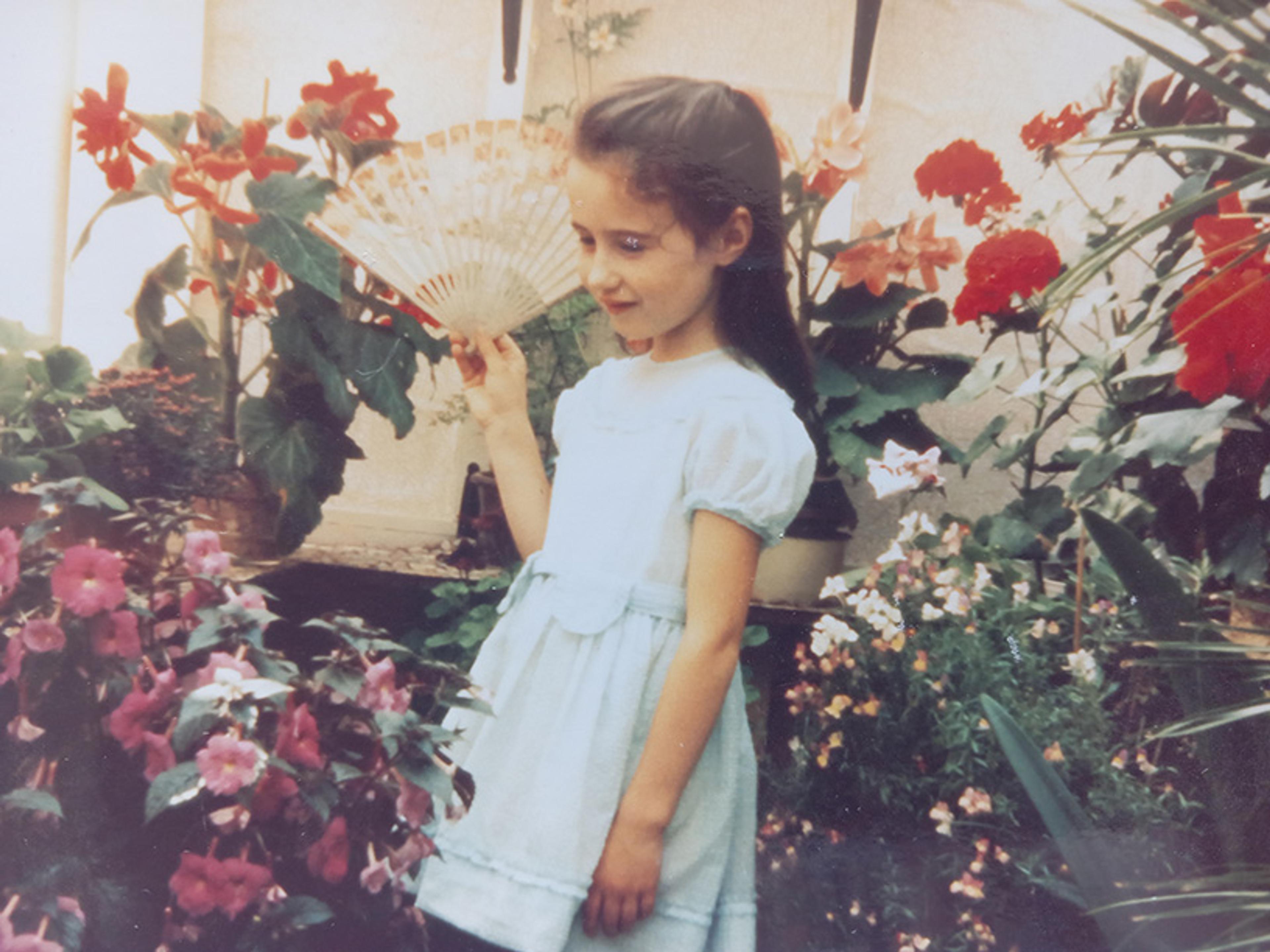
The author, age five, in the garden of her grandfather’s house
Where was I in this? Since I was problematic, I think each side identified me with the ‘other’. Until puberty, I was a daddy’s girl; certainly, at four or five, I was already bookish like him. Family memory has my (dyslexic) mother tearing a newspaper out of my hands when I’m two years old.
Perhaps my grandmother thought of the pair of us as a kind of trouble her daughter had got into. Or perhaps she was indulging in magical thinking. The lurking alienability of the closest human bonds is frightening, after all. And adoption, being founded upon this risk, reminds society about it at the same time as denying it, through pretending that its own remedial process is a problem-busting happy ending.
In truth, it can only ever be a happier ending. Of course, every kid who escapes institutional care to grow up in a loving adoptive family has a happier ending – and middle, and almost-beginning – than would otherwise be the case. And even though it’s undoubtedly harder to love someone else’s biological child than your own – why else would stepmothers have such a wicked reputation in folk wisdom? – there are innumerable such families, such kids. But to say this is as good as family bonds that never fractured in the first place is to confuse the contingent with an absolute good. Like claiming that fantastic orthopaedic surgery after a major accident is as good as never having had the accident in the first place.
The social pressure to be grateful prevents the sheer effort of being an adoptee from being talked about
The new adoptive family, forming like a scar, is built on loss and breakage. It has to try and heal each corner of its triad: biological parents who have lost (or chosen to lose) their kids, adoptive parents who are often dealing with infertility and the loss of the dream of ‘kids of their own’, and an adoptee who will grow up without the restful privilege of a family that is ‘their own’.
Over the years, I’ve come to think that my grandmother was also poking me. My childish psyche, tentacled like a sea anemone, would shut if she hurt it enough. It did shut. And she was compelled to make it do so because I was a stranger in the family. The cuckoo in the nest, a phrase I got to know well. Both a stranger: and so anomalously strange that I would eventually pass more and better exams than any of her four biological grandchildren.
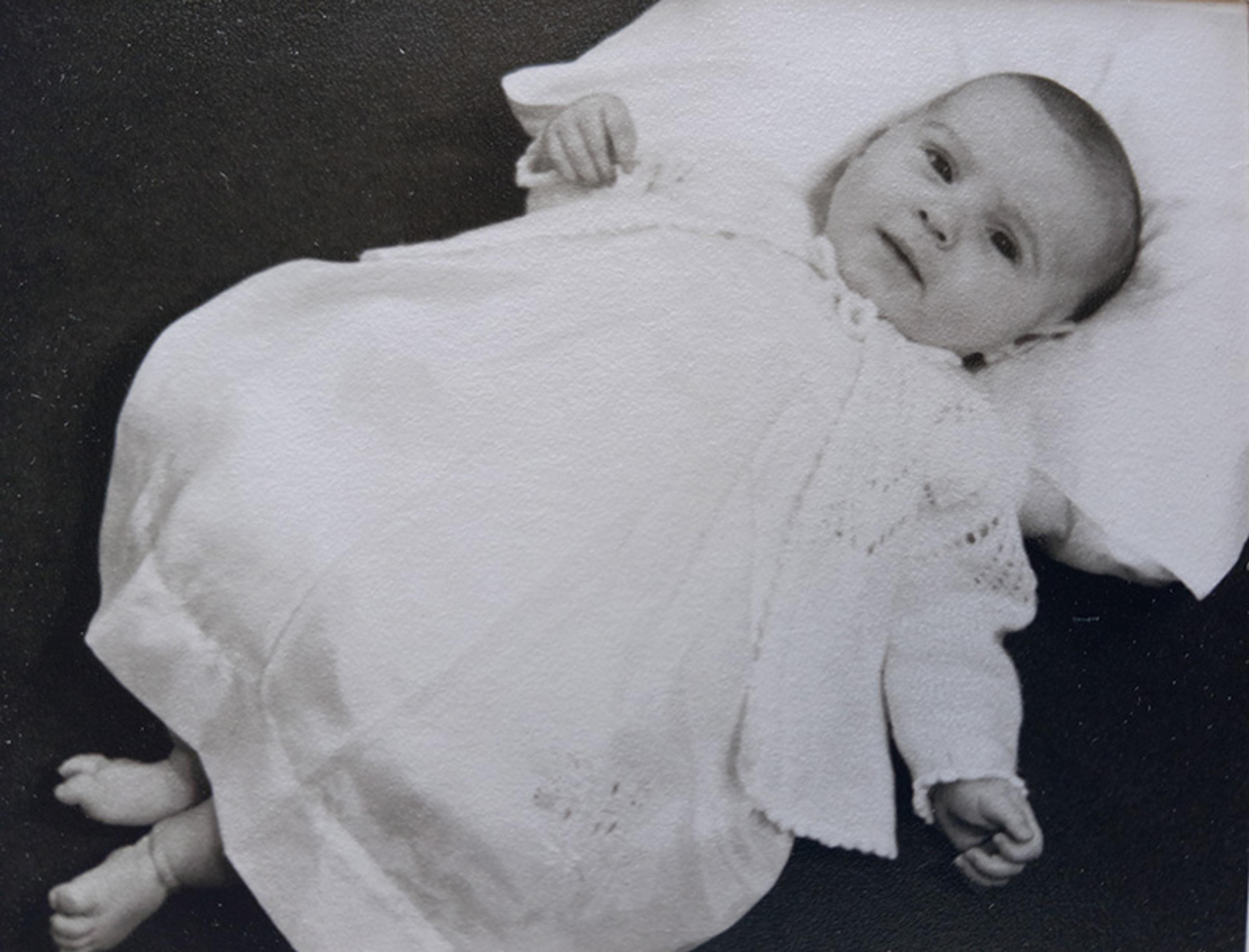
An official photo sent by the (then) prospective adopters back to the agency within three days of the child’s arrival. Note the shaved head
Still, I had to strive to do so and, as that striving suggests, in my experience living in adoption means living with anxiety. I believe the social pressure on us to be grateful prevents the sheer effort of being an adoptee from being talked about. There’s a lot of negative expectation, talk of bad blood, around what’s going to emerge from the default cuteness of being a child. Not that I was a cute kid. My adoptive mother’s strategy was to keep me always slightly undernourished and overstretched, continually slightly unwell, in order to underline her charity in taking on a child whose background could be assumed to be, at best, what she called ‘common’.
But many adoptees I’ve known are, or were, cute. They strove as hard to sparkle as I did to be good: obedient and hardworking, I was desperate to please. Every attempt to be loveable is an attempt to be seductive. I have a theory, based only on personal experience of what happened to several of my contemporaries, that adopted kids are extra vulnerable to grooming. Cases that made the national news, scandals known only to classmates: perhaps I was lucky to be kept plain and awkward. I can’t forget the ones who dropped out, who killed themselves.
So much innocent striving. It came from being a source of anxiety in our adoptive families. Would the taint show in some way? Would we be naughty, or dishonest, or – particularly for girls when I was growing up – promiscuous? The reverse too: what unexpected talents, skills, strengths might emerge from our profound unknown-ness as an unrelated child? As I grew through childhood, for example, I took to books like a duck to water. But I was also inevitably clumsier than the adults I lived with. This natural developmental stage became parsed as an attribute – poor coordination – into which I accordingly grew: children are very amenable. I suspect adoptive children take on particular family roles even more than other kids: the good one, the bad one, the brainy stupid sporty pretty blond dark funny one… The result in my case was to make all of us in that house feel I was like an unexploded bomb. The cut glass on the sideboard, the best china stacked within it, seemed to shudder as I passed, and I shuddered too. I was afraid that, even without touching, I would somehow knock or chip or crack something.
Being an adoptee is performative. Some words for this are: being good enough, assimilating, fighting for acceptance, not being but being-as. For me it meant, among other things, never being allowed to go out of the house with teenaged friends. Adoption is arduous for everyone, even when it works. So I find the social media trend for videos of adopters and adoptees meeting for the first time incomprehensible. It’s not just that it’s voyeuristic: it’s that those posting and viewing them seem unable to see what’s there in plain sight.
Today, many domestic adoptions, in the UK at least, are open. The child they’re built around knows where she came from. The adoptive family may even stay in touch with her birth family during her childhood. But when I was a baby, most adoptions were not only retroactively ‘closed’ but conducted ‘blind’, with no choosing each other. Indeed, no meeting at all prior to the child being handed over for life. This was understood not to matter because the child was seen as completely interchangeable – apart, perhaps, from its sex. The baby as tabula rasa for the adopters to ‘make their own’. Will this idea return, as more accidental babies come up for adoption following the striking down of Roe v Wade in the United States, and a more general shift in the Global North away from prioritising women’s rights?
Whatever happens next, international adoption – where allowed – continues to be ‘blind’. And at the end of all the fees and paperwork, two or three unrelated people, small and big, meet each other. Videos that parade this meeting are usually labelled #happymoment: which I imagine is in the nature of a Users’ Guide, because they quite plainly are not. They make everything that’s difficult about adoption visible, starting with the control exercised by the adoption agency. A stunned, often weeping child is led, like the bride in a forced marriage, into the presence of strangers with whom the child must spend the rest of her life. The adoptive parents’ emotions are visible too: this is the apotheosis of years of longing. (If they’re disappointed, they certainly can’t show it now.) This small person must now sustain their big longing. The new parents generally offer some small cheap toy to draw her forward into the ambush of an embrace. (Don’t take treats from strangers, kids!) And the tackiness of these greeting gifts seems to sum up the contingency of adoption, its underlying Oh, this will do ethos.
It was less than a week before Christmas. If I wasn’t placed before the holiday, I was to be put into an institution
I wasn’t adopted as an ambulatory child, thank goodness, but after a few months of being passed between foster mothers. Nevertheless, I know quite a lot about my own #happymoment. (I almost prefer the crudeness of the alternative, #gotchaday – also, of course, used for pets and rescue animals – with its implied compulsion.) From my biological mother, whom I traced years ago, I know how an agency worker took me from her, carried me through a nearby door – and that my adoptive parents were right on the other side. She heard my adoptive mother laugh – a laugh I know intimately of course. I know too that in the long taxi journey across London to the agency in Fitzrovia, my bio mother apologised to me and had a little cry.
I know the bleached London brick of those windy Fitzrovia terraces.
I know from my adoptive dad’s diary that we nearly didn’t turn up. We arrived for the handover 50 minutes late, leaving my new parents just 10 minutes to interact with me at the agency before they took me away. Checks, balances?
I don’t know how much I was priced at, but I do know that my grandmother told my mother they could have paid more and got a younger baby. I know from my case file that it was less than a week before Christmas and that, if I wasn’t placed before the holiday, I was to be put into an institution. My file also tells me I was hard to place because I was a girl. And also because someone has noted on the file that my biological mother is plain and I resemble her.
I know from my adoptive mother that, less than an hour later, I was throwing up on her on the train, and so my dad asked people in the compartment to stop smoking. Since she was widowed, she’s kept returning to this story. It’s as if, like her own mother, she associates me with my father. In the same vein, it’s she who recently brought back my memory of the primal scene with her mother. I had remembered the terror of ‘But I am still really your little girl, aren’t I?’ but forgotten its cause. The search for reassurance was a screen memory; behind it was the abyss of disconnection.
There are a hundred ways to tell a child she’s adopted: adoption is not culture specific. There have always been orphans and foundlings, and people wishing to take them into their families. Sources as varied as the 6th- to 5th-century BCE story of Moses, or the accounts of apprentice-adoptions of gifted child artists in Giorgio Vasari’s 16th-century Lives of the Artists, tell us this. Yet adoption is laden with cultural meanings, and not, usually, by adoptees themselves. How strange it is, for example, that even with our era’s embrace of essential identities – through identity politics, in gender transitioning – adoption remains an exception, held to define an individual regardless of their own experience and understanding of themselves.
Even the happiest of families cannot completely resolve the difficulty that adoption is necessarily about de-essentialisation, a destabilising of identity, which almost compels some kind of remedial stabilisation. Adoptee views and experiences of this central ‘knot’ vary hugely. For some, their adoptive identity and the life they lead with it is ‘real’ and the rest almost fabular. For others, nature trumps nurture. Still others feel that a range of inherited and learnt characteristics coexist within them. But whatever their personal take on identity, their legal standing will not flex with it. An adoptee may wish to acknowledge their birth identity, but legal processes such as citizenship accept only documentation, not DNA testing, as evidence of identity. Or they may wish to deny that part of their identity altogether, and fix themselves more fully in their adoptive family. Just as gender transitioning is understood to cancel out someone’s first-given identity, so the neither-nor of adoptive identity can feel like a lie that needs cancelling out. Yet this too is unachievable. There is no legal form that can further undo the residue of biological embodiment at the heart of the adoption experience. And no adoptee can transition to biological belonging: familial relatedness would require a total genetic rewrite.
Consciousness of adoption is surely the original impostor syndrome
However happy an adoption, birth identity remains. It is Thomas Hardy’s ‘Heredity’, ‘the family face’ that will ‘live on, /Projecting trait and trace/ … And leaping from place to place’ in the poem the British writer published in 1917. Or else it’s a question in medical histories. Or it’s something that rises to the surface, an old scar now, at such moments of family pressure as marriage or inheritance.
Whatever an adoptee’s beliefs, in other words, a duality, a kind of astigmatism of the self, remains part of their experience. Perhaps it helps to see this a little aslant. In the canonical French novelist George Sand’s memoir Histoire de ma Vie (1855), she addresses having been (mis-)informed that she was ‘really’ an earlier, older child than herself, who had been born to her parents before they married and was therefore omitted from the records:
It’s no more than two or three years that I’ve known positively who I am. I was indeed born [as registered]; I am truly – myself – in a word, which doesn’t stop pleasing me, for there’s something troubling about doubting one’s name, one’s age and one’s country … I could have died without knowing whether I had lived – in person – or in someone else’s place.
[Author’s translation]
‘In someone else’s place’: consciousness of adoption is surely the original impostor syndrome. To which someone who hasn’t experienced it might respond: ‘But never mind what you’re called: core identity is being the one who experiences and does what you do.’ Well then: but what if this duality, this slippage between two stories about yourself, forms part of that experience? Your identity must then contain that plurality. Like the dragon eating its tail on a Romanesque capital, identity as awareness gives ceaselessly onto awareness of identity.
Adoption is a kind of forcing ground of these forms of identity experiment. I suspect that the more widely it is recognised as such, the more adoptees will find the cultural space to be respected simply as ordinary people who have lived through particular early circumstances. Circumstances that don’t trouble most people, but that throw up problems and fears – about who we are, how we love and where we are safe – in which we all share.

